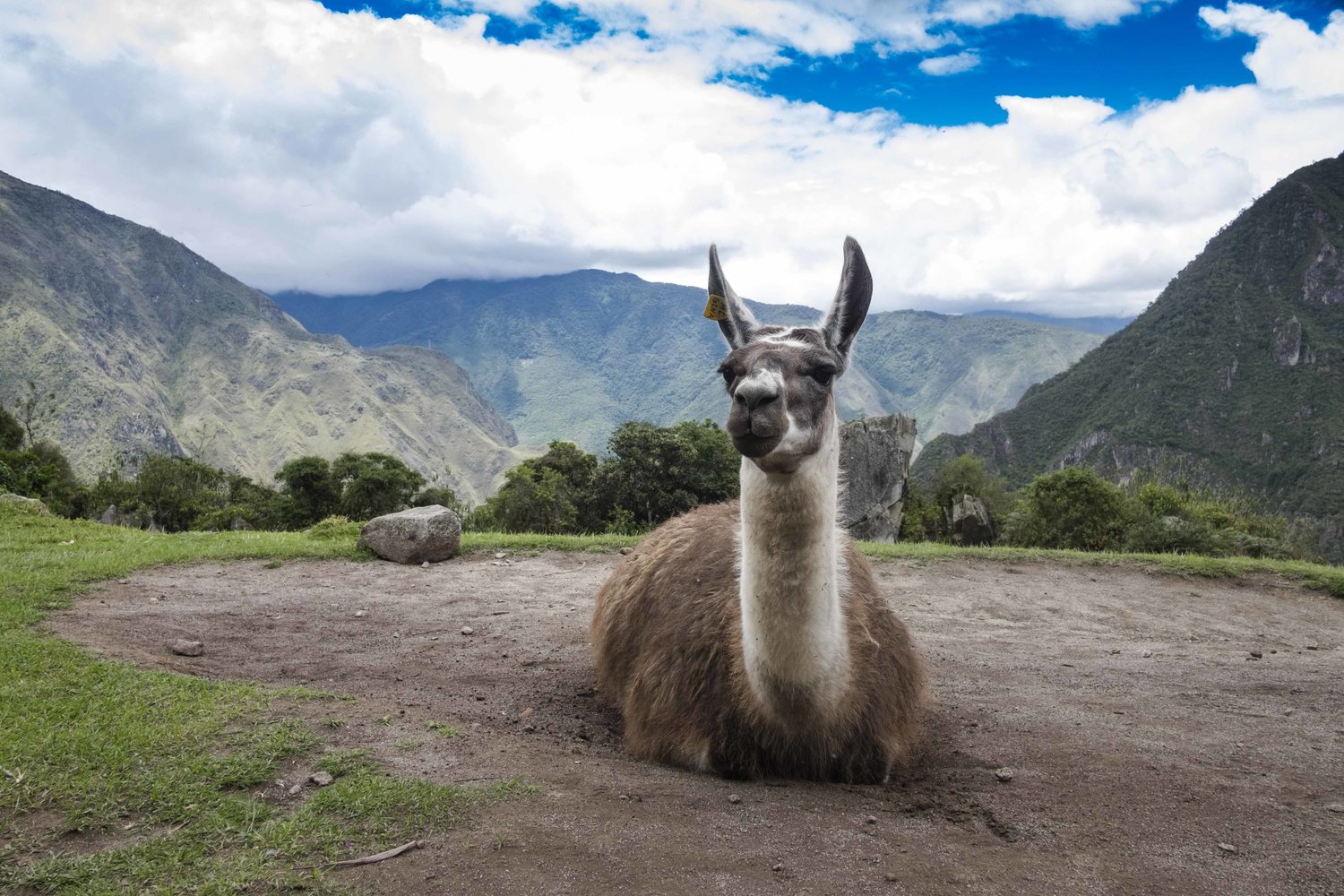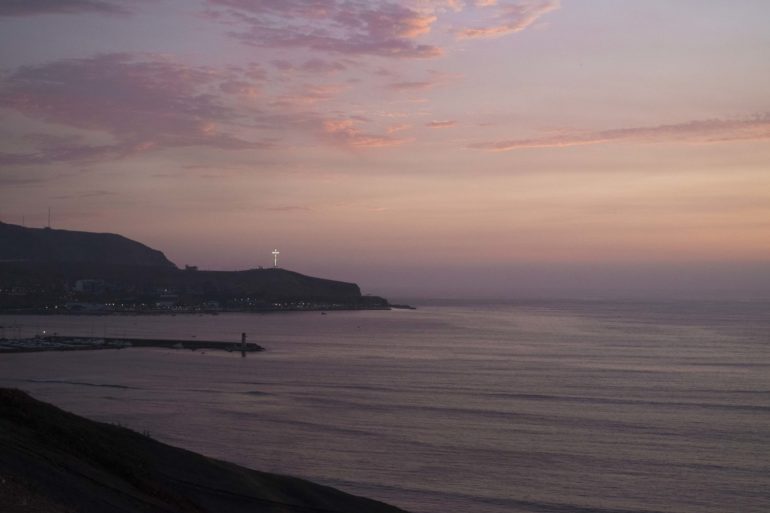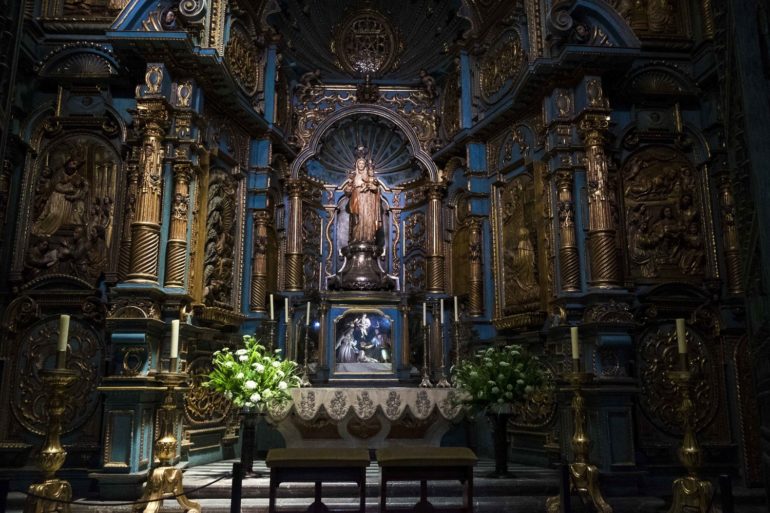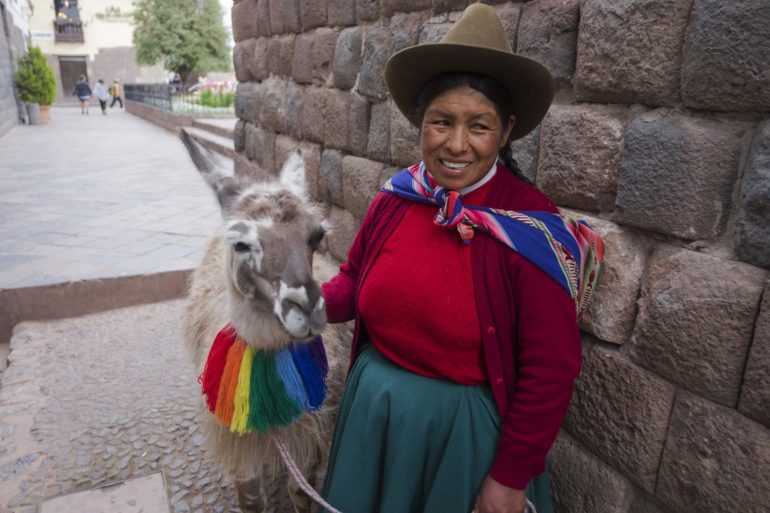All images and text from Olivia Pasquarelli.
My photographic journey was a long one, with many twists and turns that eventually landed me in the world of Fujifilm. The first time someone suggested I try out a Fujifilm camera, I laughed at them. I had shot with a clunky Nikon DSLRs for years, I couldn’t imagine that such a tiny and stylish camera could compete in its images. I first experienced photography by using 35mm film and developing and printing in a darkroom, and I was also told that Fujifilm cameras were the ‘digital version of film’. My blatant response to that was, “yeah, right”. I was quickly proven wrong.
The first few times I picked up a Fujifilm, which was an X-Pro2, I was overwhelmed by how different the camera felt than my go-to Nikon D610. Viewing a live screen that showed my exposure was a completely unique experience for me that took me time to get used to. Fujifilm also offers ‘Film Simulation Modes’, different color palette modes based off Fujifilm’s famous film stocks. At first I was afraid to use them; it felt like putting an instagram filter on my photography. I quickly realized that they were true and beautiful reproductions of famous films that I have used for years. Also, if you shoot in RAW, the film simulation modes can be removed or changed in post-production. After the first few weeks of using the camera uncomfortably, I began to grow used to its functionality. My memory regressed to my years of only shooting film, and the buttons, dials, and controls began to feel natural. I love that I can change the aperture on the lens, and that ISO is a dial, much like film speed usually is.
My first true test with a Fujifilm camera was on a trip to Peru. I was hiking the Inca Trail and wanted a camera that was rugged, lightweight, and would take incredible images along the way. After being persuaded by some fellow Fuji shooters, I decided to bring along an X-T1 with 35mm and 18-55mm lenses. After that trip, I was hooked. The camera didn’t weigh me down. It was unobtrusive: I found that strangers I was taking photos of were much less intimidated than when I’ve used a DSLR. My kit was small and barely made a dent in my pack, which was key because I was backpacking for days at a time. My extra battery grip made the camera easier to hold and doubled the battery life.
After returning from my trip and while processing all my images was when I really fell in love. It felt like I had just gotten many rolls of beautifully exposed film back and was printing the images in the darkroom. A slight push or pull of exposure or contrast, a dodge and burn here and there, and there was my perfect image. The light and colors were breathtaking. Another spectacular thing: everything was in focus just how I wanted it to be. Fujifilm’s point autofocus system allowed me to easily pick and choose exactly what to sharply focus on. I can’t tell you how many heartbreaking times I thought I got the perfect shot on a DSLR, went back to retouch the image only to realize that what needed to be sharp wasn’t.
After that trip, I invested in my own Fujifilm X-T1 and some lenses. My X-T1 is my go to, but I often use an X100F when I need a lightweight, convenient camera to bring along with me on my travels. I shoot a lot of street and documentary style projects, and the X100F is the perfect camera for that.
Fujifilm Lenses are unbeatable in price and quality. I have yet to be disappointed in a Fuji Lens. Do you want beautiful, natural portraits? Grab the 56mm. Street Photographer? The 23mm or 35mm primes are perfect for you. When I shoot events, I find the 18-135mm works great in challenging light situations with lots of movement. They have workhorse lenses, specialty lenses, and even weather resistant lenses, which I own because I’m often shooting outdoors in various weather conditions. Also, I find that big DSLR brands make very low quality kit lenses that are horrible to use and break easily, leaving you with no other option than to upgrade to more expensive lenses. The Fujifilm kit lenses are just as good as all the rest.
I’m a firm believer that great photographers make excellent photographs, regardless of the tool they use to make them. A camera can only take you so far; practice, talent, and inspiration are what truly make a ‘good’ photographer. Regardless, a camera is a photographer’s best friend, means of expression, and is always there with them. You need to choose the right camera, and for me it was a Fujifilm camera. After time, my camera became an extension of myself and I barely needed to think before I took a photograph.





